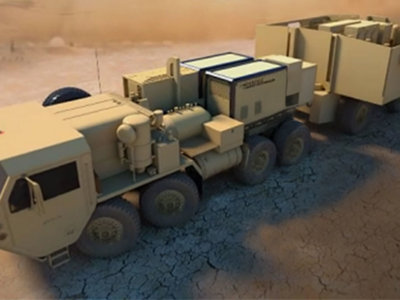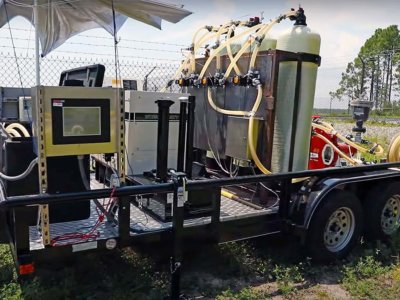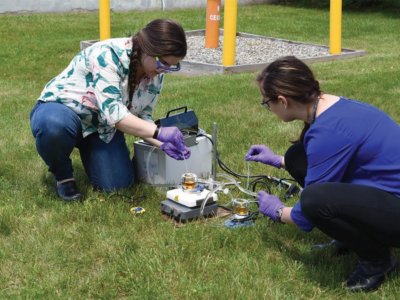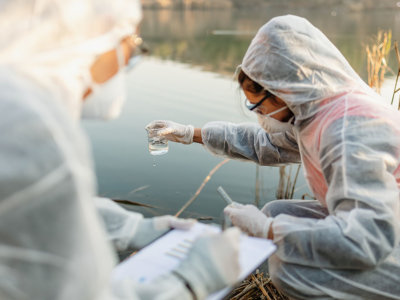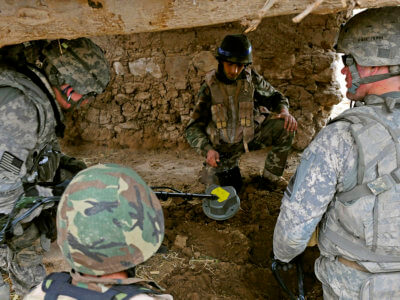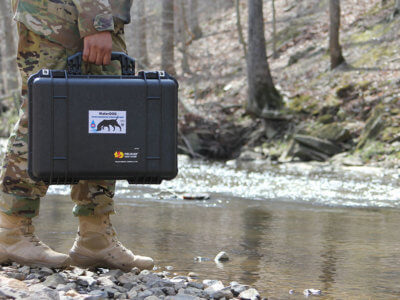Munitions Compound Detection and Removal System
• In situ detection/removal of MEC from water in concentrations as low as one part per million
• Reaches final color and intensity after just 24 hours of exposure
• Scalable to treat larger bodies of water such as rivers, as well as small ponds and runoffs
• Uses abundant and inexpensive AFC materials
• Reusable



